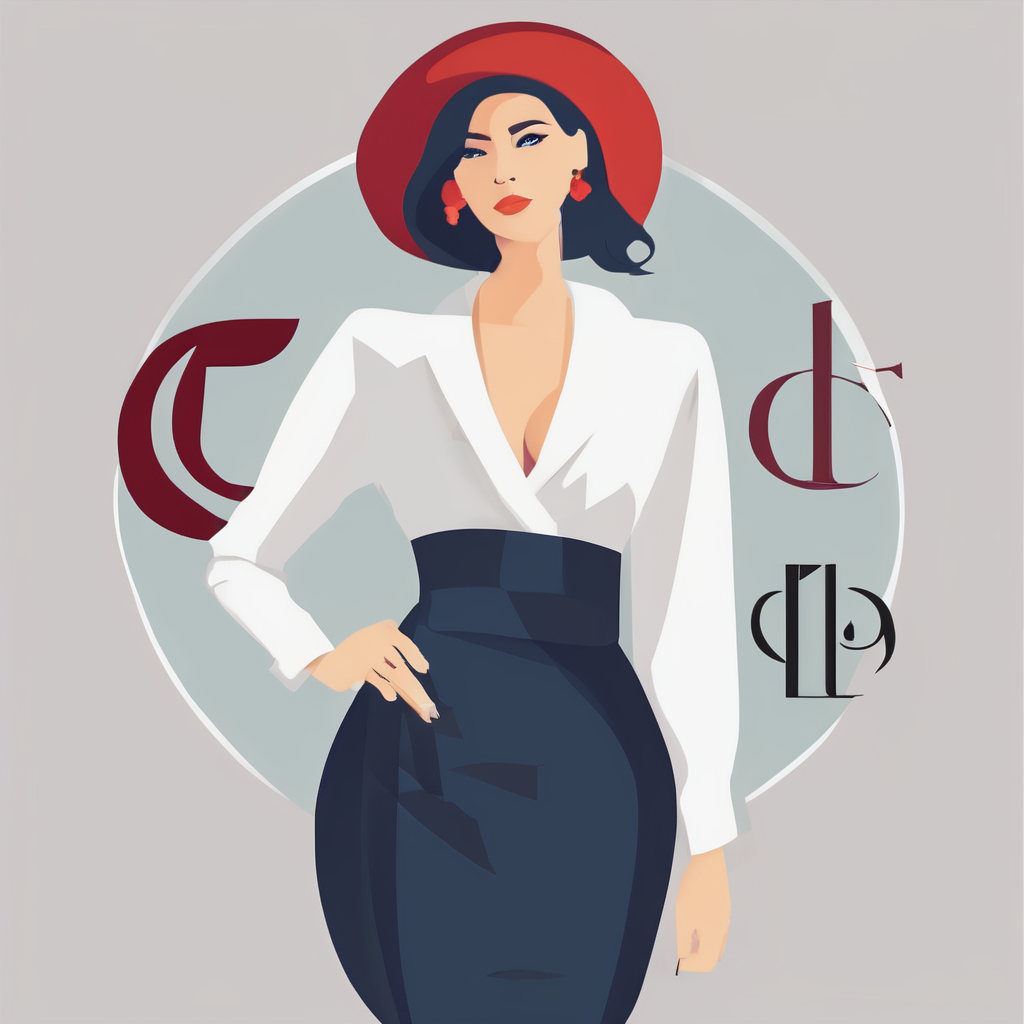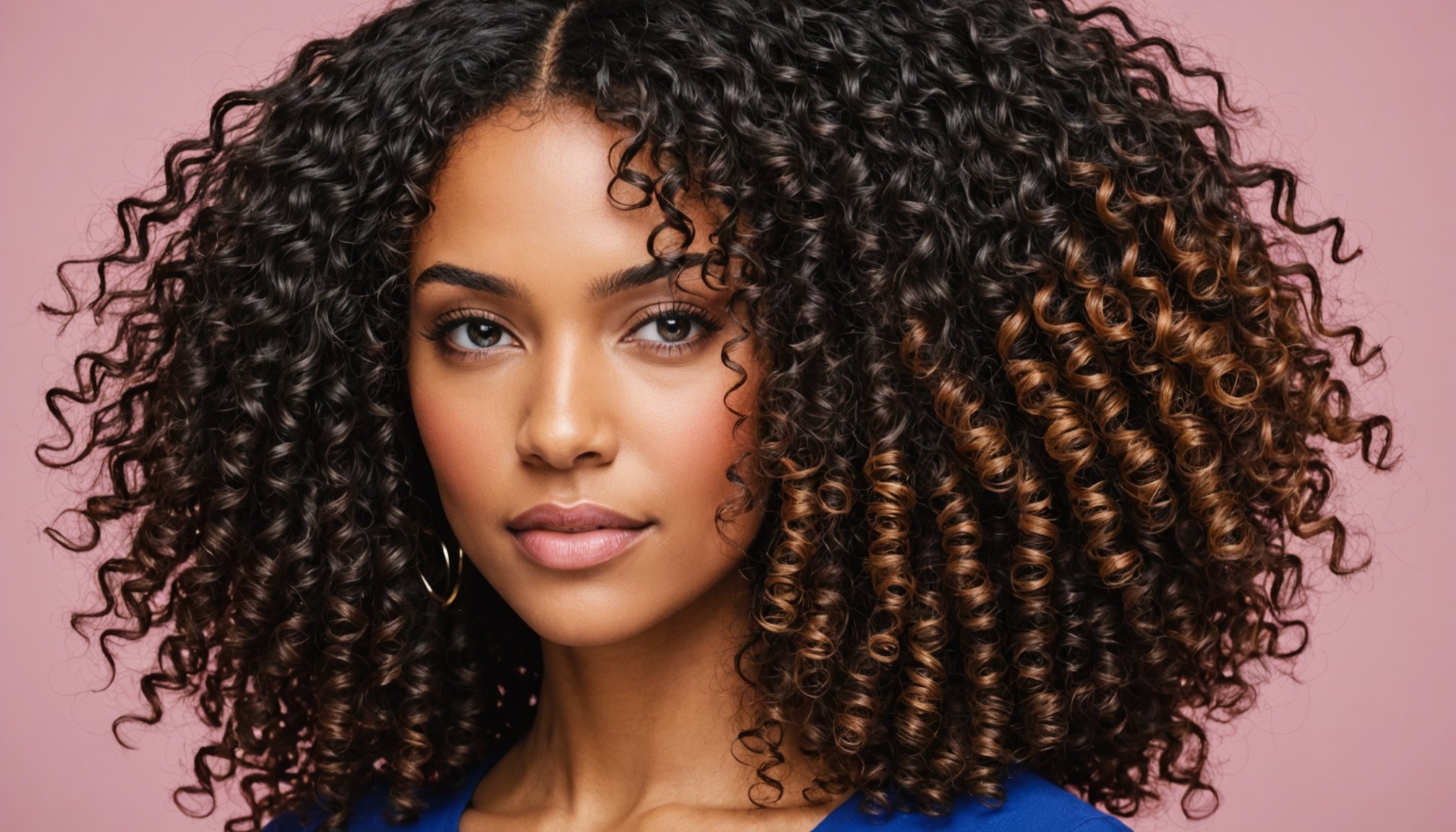Mastering Heat Styling: Essential Tips for Properly Applying Thermal Protection on Curly Hair
When it comes to styling curly hair, heat tools can be both a blessing and a curse. On one hand, they can help achieve a sleek, polished look that lasts all day. On the other hand, they can cause significant damage if not used correctly. Here’s a comprehensive guide to help you master heat styling while protecting your precious curls.
Understanding the Importance of Heat Protection
Heat styling is a common practice, but it’s crucial to understand the potential risks involved. Heat damage can lead to dry, brittle hair, breakage, and a loss of natural curl pattern. This is why using a heat protectant is not just a good idea, but a necessity.
In parallel : Essential Yoga Poses for Enhancing Digestion and Alleviating Bloating: Discover the Best Practices!
“As any professional hairstylist will tell you, heat protection isn’t an optional styling step—it’s a non-negotiable if you’re serious about hair health,” emphasizes the importance of heat protection in maintaining healthy hair[2].
Choosing the Right Heat Protectant for Curly Hair
Not all heat protectants are created equal, especially when it comes to curly hair. Here are some key factors to consider and some product recommendations that cater to different hair types.
Also to see : Master a Flawless Makeup Look Using Only Five Essential Products!
Types of Heat Protectants
-
Sprays: These are great for curly hair as they are often lightweight and don’t weigh the hair down. For example, the Tresemme Thermal Creations Heat Tamer spray is highly recommended for thick, coarse hair. It contains keratin, glycerin, and hydrolyzed silk, providing heat protection up to 450°F while keeping hair soft and glossy[4].
“`plaintext
Type: Spray
Key ingredients: Keratin, glycerin, hydrolyzed silk
Heat protection: Up to 450°F
“` -
Creams: These are ideal for dry or damaged curly hair as they provide an extra boost of moisture. The heat protecting cream with argan oil, squalane, and sunflower seed extract is a favorite among many. It not only protects hair from heat up to 450°F but also restores hydration and seals split ends[4].
“`plaintext
Type: Cream
Key ingredients: Argan oil, squalane, sunflower seed extract
Heat protection: Up to 450°F
“`
Key Ingredients to Look For
When selecting a heat protectant, look for ingredients that not only protect against heat but also nourish and moisturize your hair.
- Hydrolyzed proteins: These strengthen the hair and provide a protective film to reduce heat damage.
- Aloe vera: It helps boost hydration and creates a layer that shields hair from heat.
- Argan oil: Known for its hydrating properties, argan oil helps restore moisture and shine to dry hair.
- Keratin: This protein helps repair and strengthen hair, making it more resilient to heat damage[4].
How to Apply Heat Protectants Correctly
The application process is just as important as the product itself. Here’s a step-by-step guide on how to apply heat protectants for optimal results.
Layering Products Strategically
Layering your hair products correctly is crucial for achieving the best results.
- Start with a heat protectant: Apply a heat protectant as the first layer after washing and conditioning your hair. This creates a barrier between your hair and the heat styling tools.
- Follow with styling cream or serum: After applying the heat protectant, use a styling cream or serum to help define curls and add moisture.
- Use a leave-in conditioner or detangling spray: For curly hair, a leave-in conditioner or detangling spray can help detangle and add extra moisture before styling[3].
Application Tips
- Use the right amount: Apply a generous amount of heat protectant, but avoid over-saturating your hair. Too much product can weigh your curls down.
- Focus on the ends: The ends of your hair are the most prone to damage. Make sure to apply a bit more heat protectant to this area.
- Use it on damp hair: Applying heat protectant to damp hair helps it distribute evenly and provides better protection.
Heat Styling Tools and Techniques
Choosing the right heat styling tools and using them correctly can make a significant difference in the health and look of your curls.
Heat Styling Tools
- Flat Iron: For straightening or smoothing curls, use a flat iron with adjustable heat settings. Always use a lower heat setting for curly hair to avoid damage.
- Curling Iron: For enhancing natural curls or creating new ones, a curling iron is a great tool. Use a heat protectant spray before curling to prevent damage.
- Hair Dryer: When blow drying, use a diffuser attachment to help distribute heat evenly and minimize damage.
Heat Settings and Techniques
- Adjust heat settings: Always use the lowest heat setting necessary for your hair type. Higher heat settings can cause more damage, especially for curly hair.
- Use a cool shot: Many heat styling tools come with a cool shot button. This can help set the style and seal the cuticle, reducing frizz and adding shine.
- Avoid over-styling: Try to minimize the use of heat styling tools. If you must use them, avoid over-styling by taking breaks and giving your hair time to recover.
Practical Insights and Actionable Advice
Here are some practical tips and advice to help you master heat styling while protecting your curly hair:
Before You Start
- Prep your hair: Before using any heat styling tools, make sure your hair is well-moisturized. Use a hydrating mask or deep conditioning treatment once a week.
- Choose the right tools: Invest in high-quality heat styling tools with adjustable heat settings and ceramic or tourmaline plates, which are gentler on hair.
During Styling
- Use a heat protectant spray or cream: Apply a heat protectant before using any heat styling tool.
- Keep it moving: When using a flat iron or curling iron, keep the tool moving to avoid burning one spot.
- Don’t overdo it: Limit your use of heat styling tools to once or twice a week. Give your hair time to recover between uses.
After Styling
- Cool down: After styling, let your hair cool down for a few minutes before touching or manipulating it. This helps set the style and reduce frizz.
- Seal with a serum: Apply a lightweight serum to seal the cuticle and add shine to your styled hair.
Real-Life Examples and Testimonials
Here are some real-life examples and testimonials from users who have benefited from using the right heat protectants and techniques:
Tresemme Thermal Creations Heat Tamer Spray
“I have thick, coarse hair that is prone to dry ends. Using the Tresemme Thermal Creations Heat Tamer spray before flat ironing makes my hair come out shiny and glossy. It also helps tame frizz and banishes static,” says a satisfied user[4].
Heat Protecting Cream with Argan Oil
“I like how this product doesn’t feel heavy or crunchy. It’s affordable, lightweight, and makes my curls appear natural whether I choose to blow out or air dry,” praises another user[4].
Comparative Table of Recommended Heat Protectants
Here is a comparative table of some recommended heat protectants for curly hair:
| Product | Type | Key Ingredients | Heat Protection | Best For |
|---|---|---|---|---|
| Tresemme Thermal Creations Heat Tamer Spray | Spray | Keratin, glycerin, hydrolyzed silk | Up to 450°F | Thick, coarse hair |
| Heat Protecting Cream with Argan Oil | Cream | Argan oil, squalane, sunflower seed extract | Up to 450°F | Dry or damaged curly hair |
| Blonde-Specific Heat Protectant | Spray | Elderberry oil, vitamin C | Up to 400°F | Blonde hair, minimizing brassy tones |
Mastering heat styling for curly hair is all about balance and care. By choosing the right heat protectant, applying it correctly, and using heat styling tools with caution, you can achieve a beautiful, polished look without compromising the health of your hair.
Remember, “heat protection isn’t an optional styling step—it’s a non-negotiable if you’re serious about hair health,” and with the right products and techniques, you can enjoy healthy, vibrant curls that look great all year round[2].
So next time you reach for your flat iron or curling iron, don’t forget to apply that crucial layer of heat protectant. Your curls will thank you.











